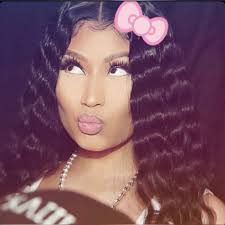pollination
Cards (12)
- how many types of pollination are there
- what is cross-pollination
- what is self-pollination
- why does self-pollination happen
- can all flowers self-pollinate
- what are wind-pollinated flowers
- what are insect-pollinated flowers
- which is a wind-pollinated flower and which is an insect-pollinated flower
- how are insect-pollinated flowers adapted for
- how are wind-pollinated flowers adapted for
- what is the cons of insect-pollinated flowers
- what are the cons of wind-pollinated flowers
